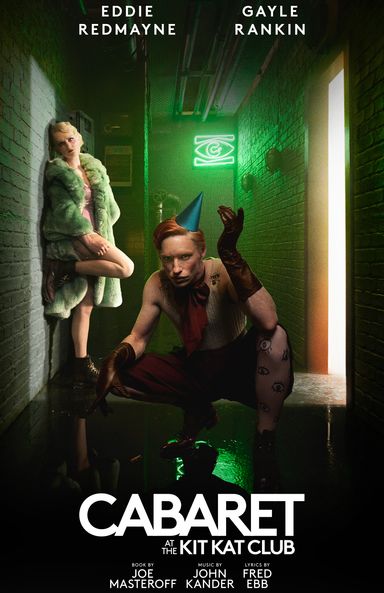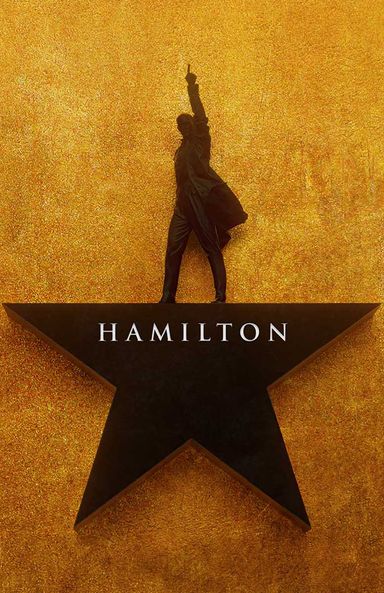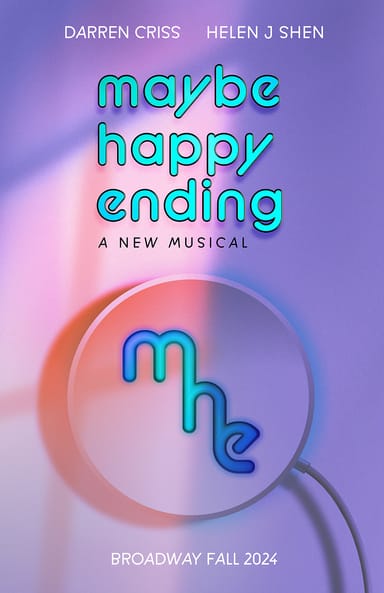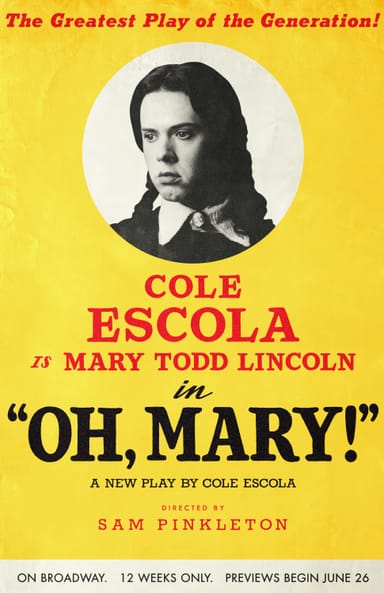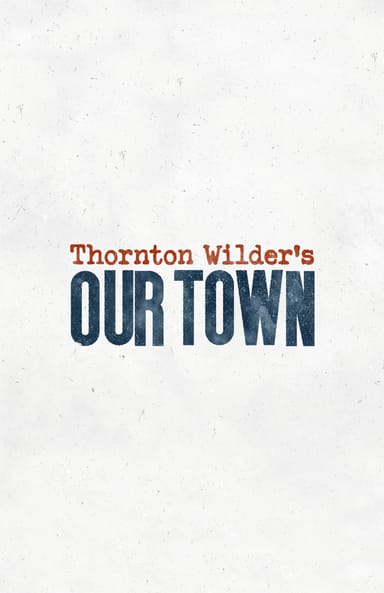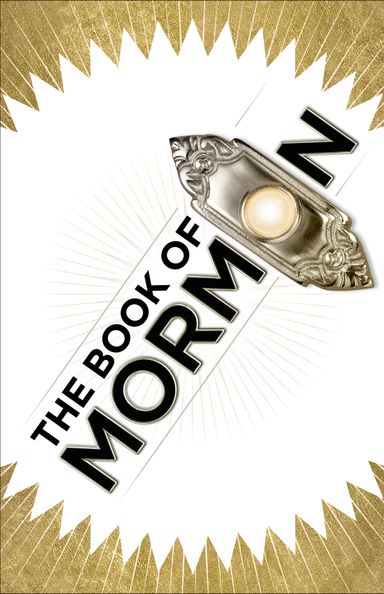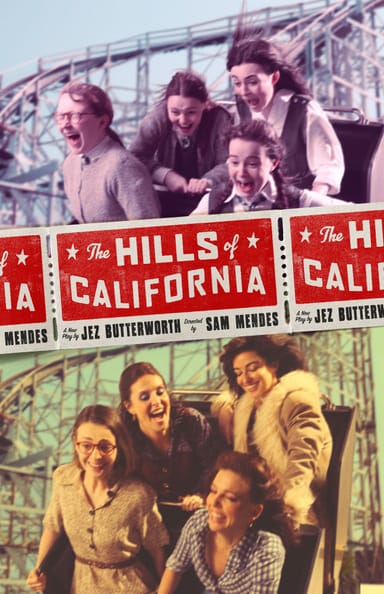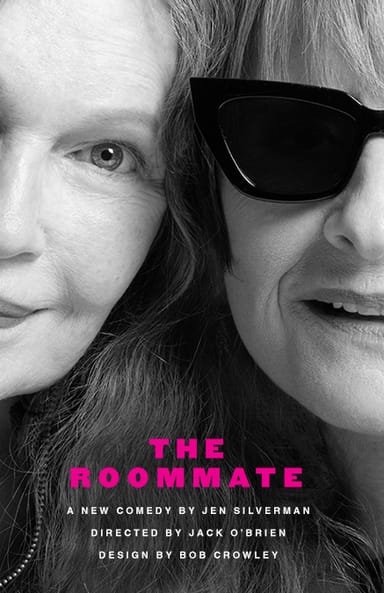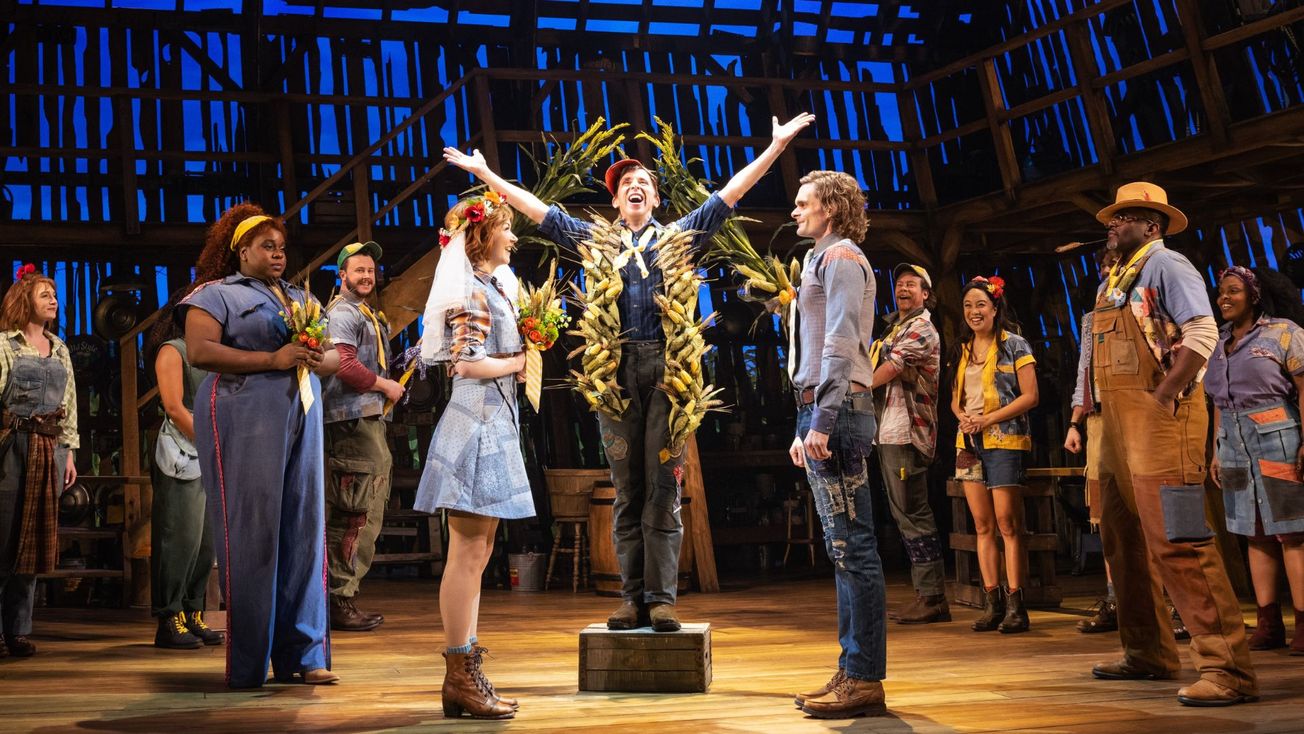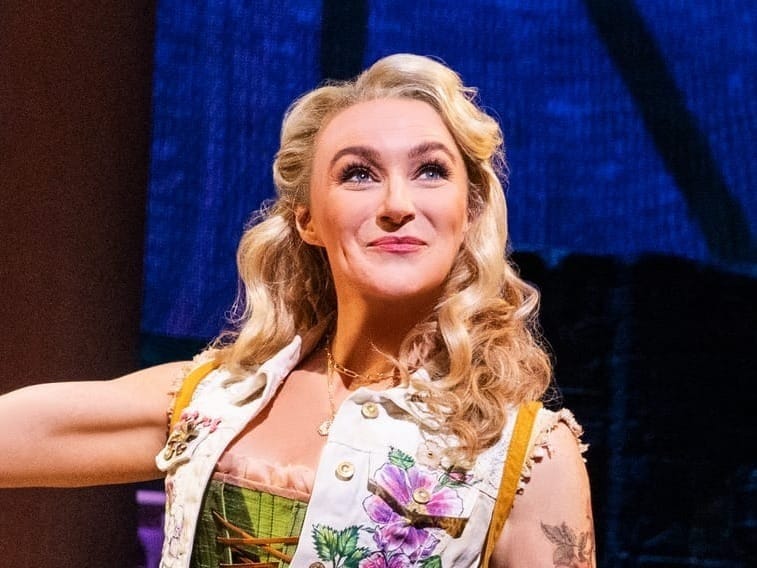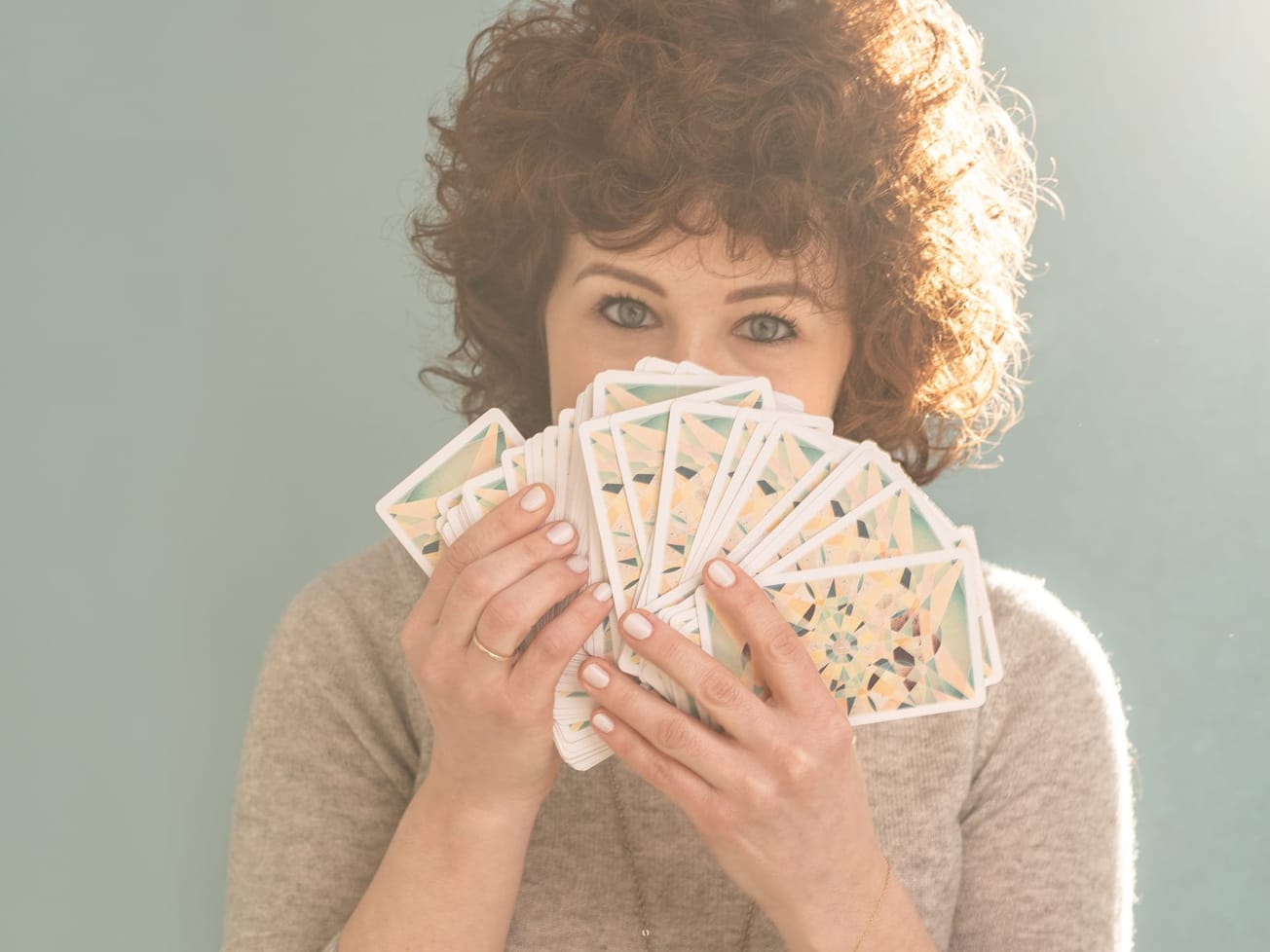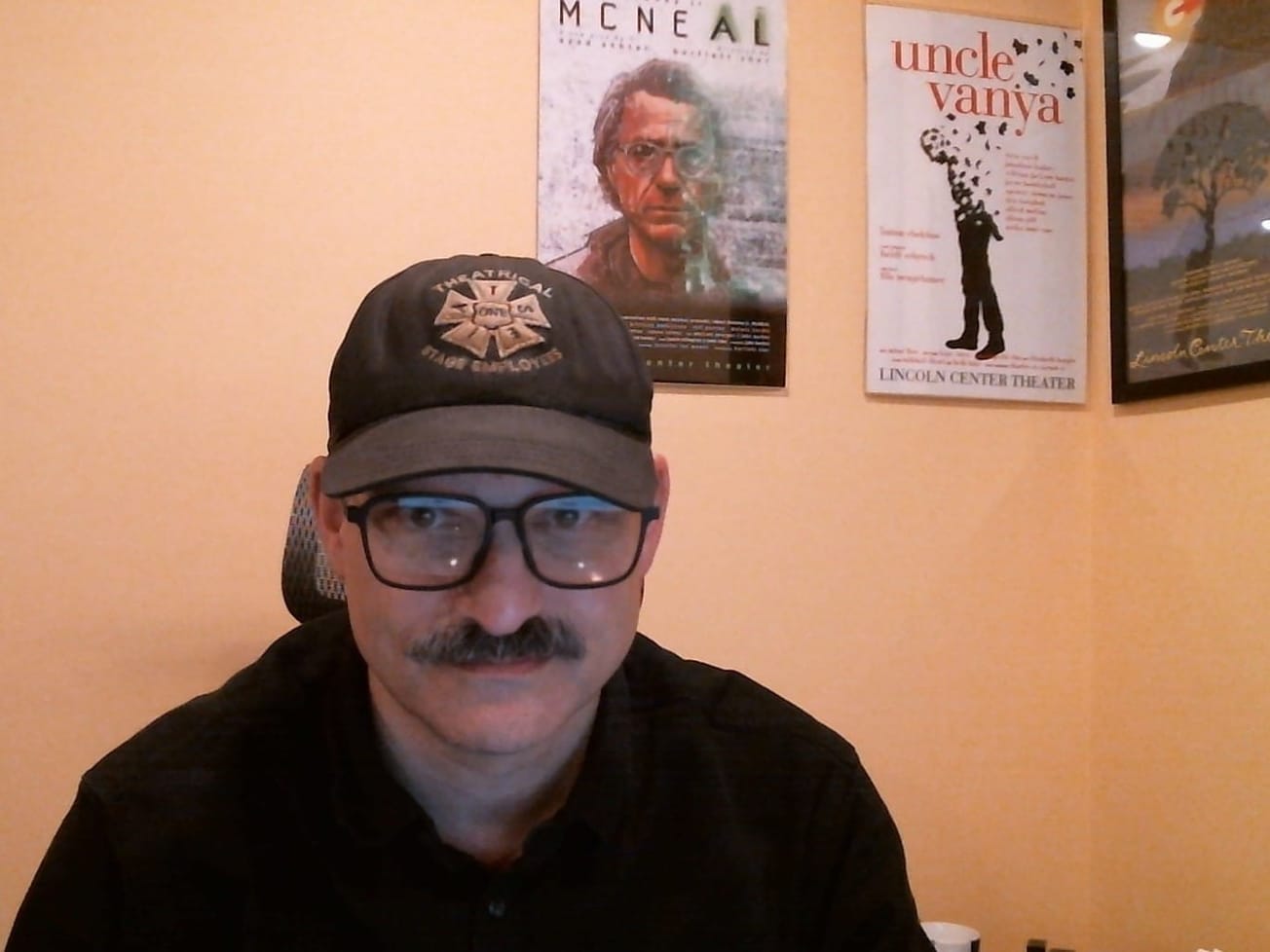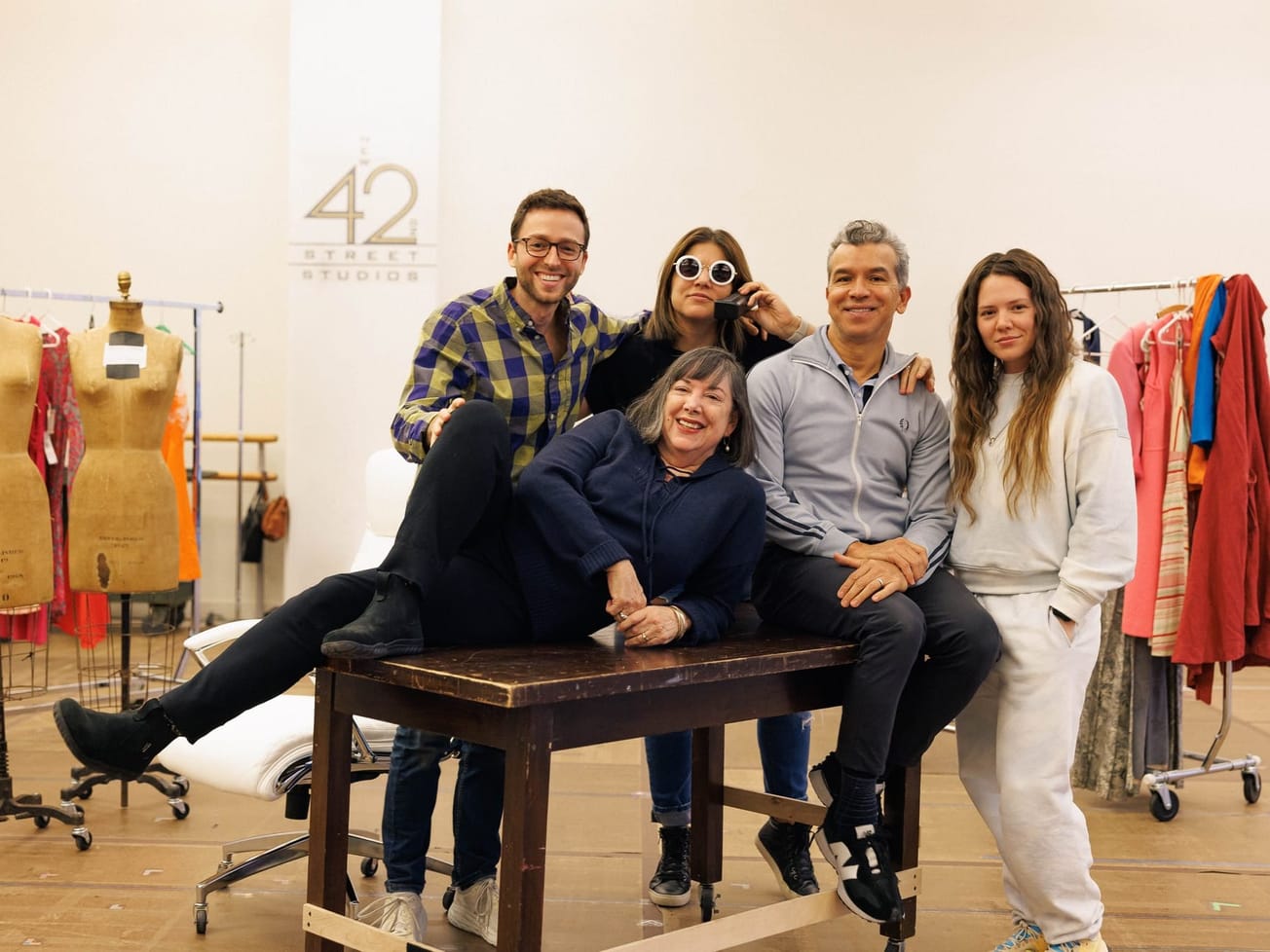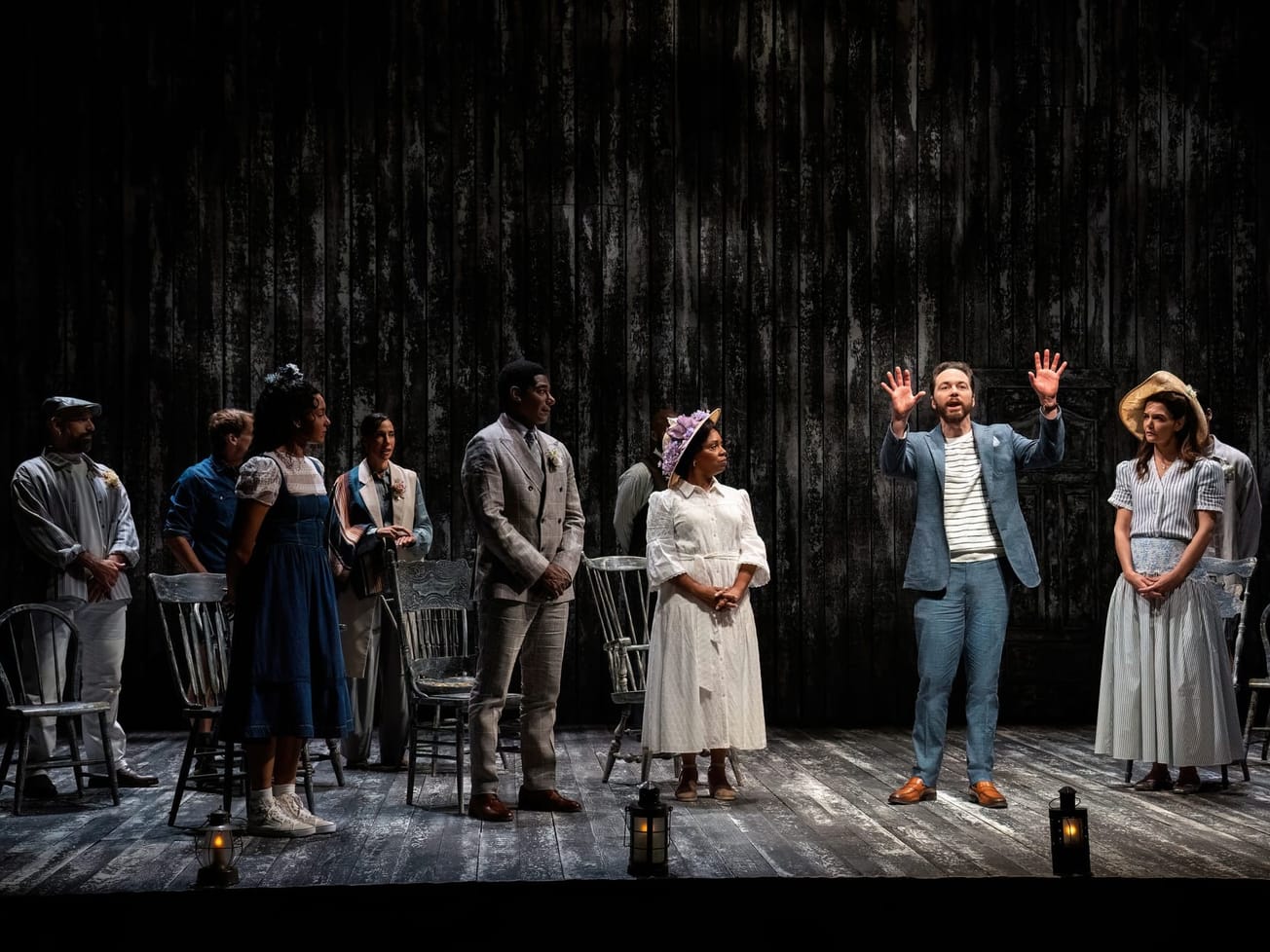Looking at the weekly grosses reported by the Broadway League, one might think “Shucked” was out of luck. In its first week of previews (five performances), the original musical grossed $291,971.50 — the kind of figure that typically indicates a show is not long for this world. But the new musical’s lead producer, Mike Bosner, was prepared for this.
In fact, he practically engineered it. Bosner and his team enacted the old-school practice of preview pricing: selling tickets for a show’s pre-opening period at a significantly lower price point than after the show’s official opening — and advertised this accordingly.
“From the get-go, our whole team has been pretty aligned — with me at the forefront saying, ‘We know what we’re up against here,’” Bosner said. “We believe wholeheartedly in the show, yet we don’t have anything to sell: We have no brand, we have no stars and we can’t kid ourselves into thinking we can command a $169 ticket price in a 1,200-seat theater from day one.” In fact, “Shucked” is one of just two new musicals this season with an original book and score that is not adapted from previous source material.
During previews, “Shucked” is offering orchestra seats for as low as $69, capped at $149. At some performances, a select few mezzanine seats are available for as low as $29. The production is not offering premium pricing during previews. Ads for the show tout: “Special Preview Pricing.”
While grosses and average ticket price have been low, houses are full. “Shucked” played to 99.45 percent capacity in its first week, 100 percent its second and 97.53 percent in its third — without resorting to “papering” (giving away seats, usually to industry professionals, just to fill the venue).
“We capitalized an extra million dollars of preview losses that I wouldn’t have if we had Kelly Clarkson starring in the show,” Bosner explained. “For me, it’s a marketing expense.”
“When people are sticking their nose up and being like, ‘Oh my God, their first week was $291,000, I’m sitting back here with my team being like, ‘We thought we were gonna do $200,000 this week, so this is actually pretty great.’”
Bosner’s priority for the preview period is to simply fill the house, for a few reasons: 1. He wants to optimize the audience experience (“Our currency is comedy, and laughter is infectious. That’s a very different experience if you are seeing a show like this with 500 people and it feels half-empty, or if it’s packed to the gills and you’re hearing everyone else go crazy around you”). 2. He wants organic social media posts from those audiences (“The majority of our money has been spent digitally and, honestly, we’re trying to capture the social and digital reactions we’ve seen”). 3. The more people who see the show, the more people there are to talk about it (“Our best tool and really only tool is word of mouth”).
Bosner and his colleagues feel strongly that audiences will be more willing to take a risk on an unknown property that does not boast star names if the cost of entry is low.
“I always said I’d rather take the hit on the money we are not making now and get full houses,” said Bosner. “Because if I can fill that theater, I believe in my core that this show is great and that people will love it and leave and tell other people they gotta go see it.” His plan? Survive now, profit later.
Since the first preview, the production has seen its daily wraps increase by 50-60 percent each day. (Of course, 50 percent of a small figure is another small figure, but the numbers demonstrate consistent growth.) The second week of previews, a seven-show week, grossed $456,719 — up $164,747 — and its third week of eight performances grossed $517,296 — up $60,577.
“We are getting there,” Bosner said. “We are still losing money right now, but I’m hopeful that in another couple weeks we cross into the zone where we’re making a profit.” And because the producing team counted on this, they have reserves to buoy the show until then.
Once “Shucked” officially opens on April 4, pricing will go up. The production and its messaging are planning for a delicate transition. They need to keep the devotees they’ve garnered through the lower price point and continue to build on that base while easing into higher prices. Bosner hopes the loyal fanbase will create a demand. “Then we can command those [higher] prices to make this a sustainable business model,” he shared.
“We are in the process of removing all of the pricing messages from the market because we are starting to see it work,” Bosner said. “Every day is getting better and we see it in the wraps, we see it in our grosses and we continue selling out, which is amazing. That means it’s working.”
Of course, Bosner recognizes that this is a unique strategy he’s employing specifically because “Shucked” is an original story with an original score and Broadway regulars at the forefront, rather than household names. With his earlier ventures, “Beautiful — The Carole King Musical” and the revival of “Sunset Boulevard” starring Glenn Close, this is not a strategy he would have employed.
But in a post-pandemic world where familiarity is king and fewer ticket buyers are purchasing in advance, Bosner is sticking to an unconventional plan for “Shucked.”
“I hope this turns out to be a positive case study because I hate that there’s not a roadmap to success for original shows,” Bosner confided. “I don’t think it’s good for the ecosystem of Broadway that you can only succeed if you have a brand or a star. That’s not meant to disparage those shows — believe me, I built my life on a show with one of the biggest catalogs ever — I think there’s room for all of it. But the only way for us to keep moving the art form forward is to have a little bit of everything — and that includes original musicals.”





